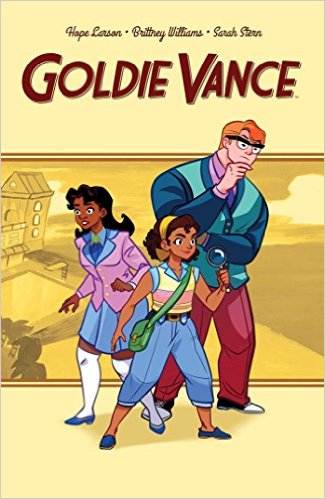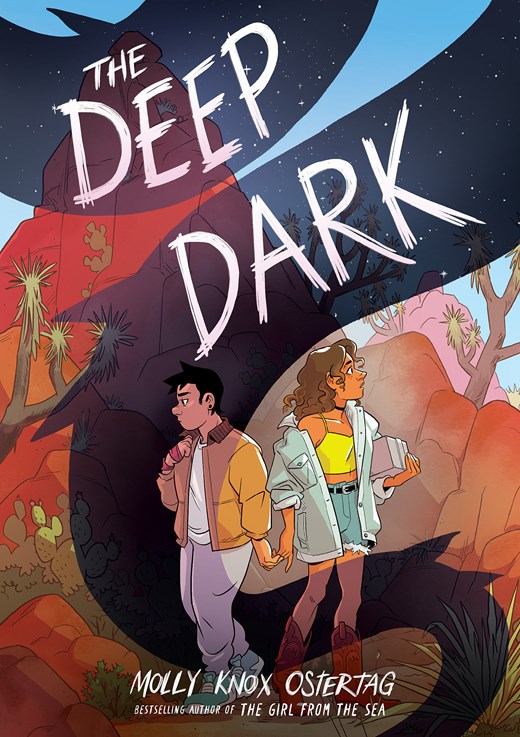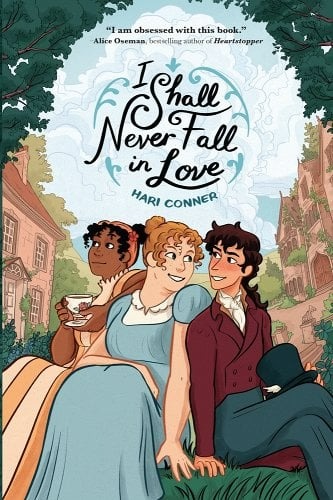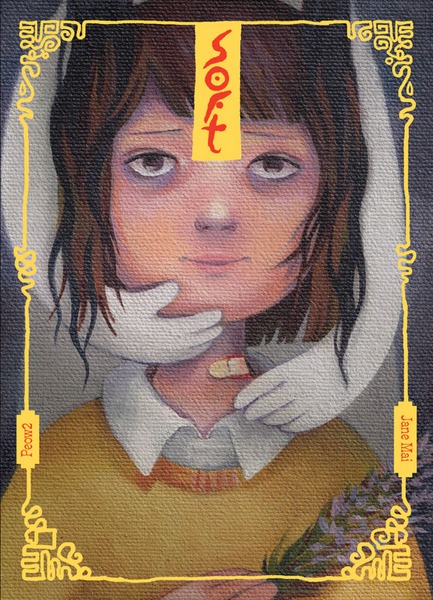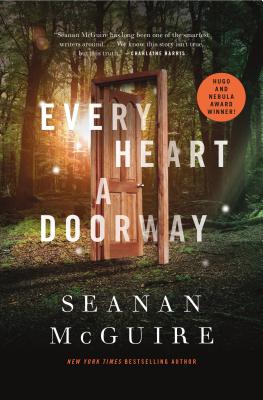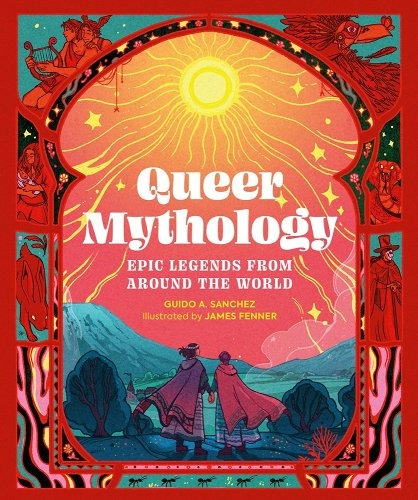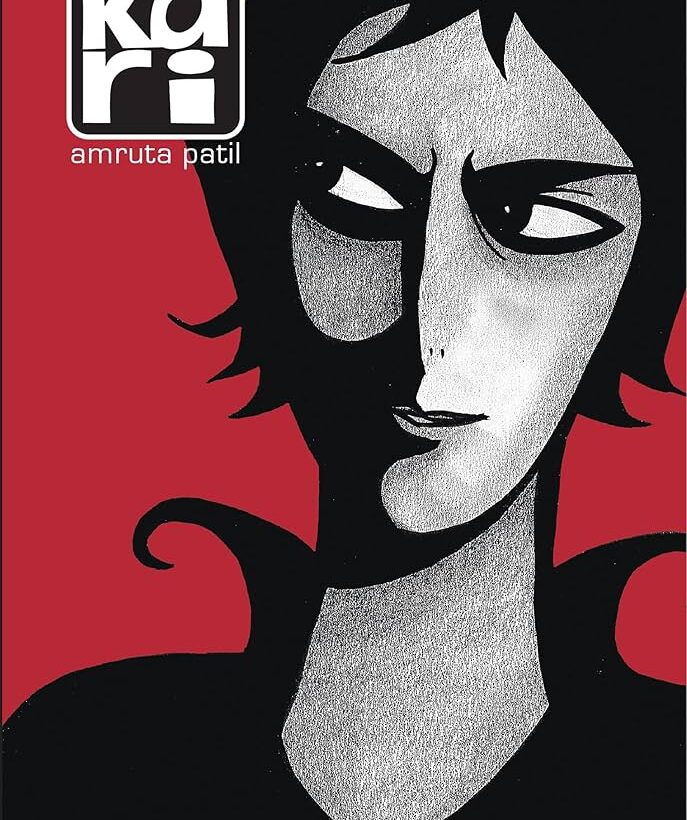Goldie Vance (Volume One) centers on a girl detective with a passion for cars, ideally fast ones. She’s the daughter of a hotel manager and a professional mermaid in Cold War-era Florida. Goldie is a friendly, outgoing, direct girl, and when she hears of a necklace gone missing in her dad’s hotel, she’s right on theRead More
A Trans Lesbian Mech Romcom: Lsbn by Emma Jayne Review
If you’re looking for a fun one-sitting read, why not pick up this trans lesbian “mech rom-com graphic novel,” as the blurb describes it? I feel like you’re already sold, but I’ll keep going anyway. LSBN is a project to develop a mech suit to battle the giant, monstrous aliens that have descended to Earth.Read More
Queer, Revelatory Joy in The Deep Dark by Molly Knox Ostertag
Already a fan of Molly Knox Ostertag’s The Girl from the Sea, I had a good feeling about the weighty tome that is The Deep Dark. Friends, this poignant graphic novel delivered and then some. It’s like someone translated the sensation of waiting for the other shoe to drop and described the steps someone would take toRead More
Jane Austen Meets Queer Historical Joy: I Shall Never Fall in Love by Hari Conner Review
Generally speaking, I’m used to queer historical fiction falling into two categories: depressing and trying to be historically accurate, or joyful and set in an imaginary version of history without bigotry. When I picked up I Shall Never Fall in Love, I was expecting the latter. After all, this is a book that draws heavilyRead More
Blood-Soaked Quicksand of First Love: Soft by Jane Mai Review
I’ve been obsessed with Carmilla by Sheridan Le Fanu for years—and more specifically, queer reclamation of Carmilla. I’ve written about several times, on Book Riot and the Lesbrary. For example: Bringing the Lesbian Vampire Home: Carmen Maria Machado’s Reclamation of Carmilla. So, when I was browsing The Mary Sue’s list of the best comics andRead More
A Quiet, Slice of Life Sapphic Graphic Novel: Firebird by Sunmi Review
Firebird by Sunmi is a two-color graphic novel that tells the story of Caroline and Kim, two girls who meet in tutoring and become friends… and then fall for each other. Caroline is generally withdrawn and easily flustered, but a serious and high-achieving student with a few close friends. Kim is outgoing, glib, friends with everyone,Read More
8 Short Queer Books to Help You Reach Your 2024 Reading Goal
As the end of the year comes barrelling towards us at the speed of light, I’m sure many of us are starting to question the high expectations we had for our reading goals in 2024. I am always incredibly optimistic about all the free time I will have for myself over the following twelve months,Read More
Queer Graphic Novels and Illustrated Books for Preteens and Teens
These four books are listed in order of suitability for middle-to-high schoolers and deal with the timeless experiences of feeling like an outsider, finding the fortitude to be yourself, and the need for proper communication with partners. They’re great books to start conversations about these things, and have lovely art that are sure to make themRead More
Pick Up These Sapphic YA Graphic Novels for a Halloween Romp
Last weekend was Dewey’s 24 Hour Readathon, and every October readathon, I pack my TBR full of short Halloween-themed reads. Naturally, those are usually queer. This year, I’ve discovered a couple of sapphic YA graphic novels that are perfect Halloween romps. They give Halloween vibes—one even has a talking Jack o’Lantern!—but aren’t too scary. They’reRead More
Finding Love in the Smog City: Kari by Amruta Patil
This review contains spoilers. Kari by Amruta Patil is considered the first lesbian graphic novel in India. The book opens with a double suicide pact, which turns out to be unsuccessful, and the narrator falls into a sewer. The story takes place in the big metropolitan city of Mumbai, which is referred to as theRead More
- 1
- 2
- 3
- …
- 16
- Next Page »
